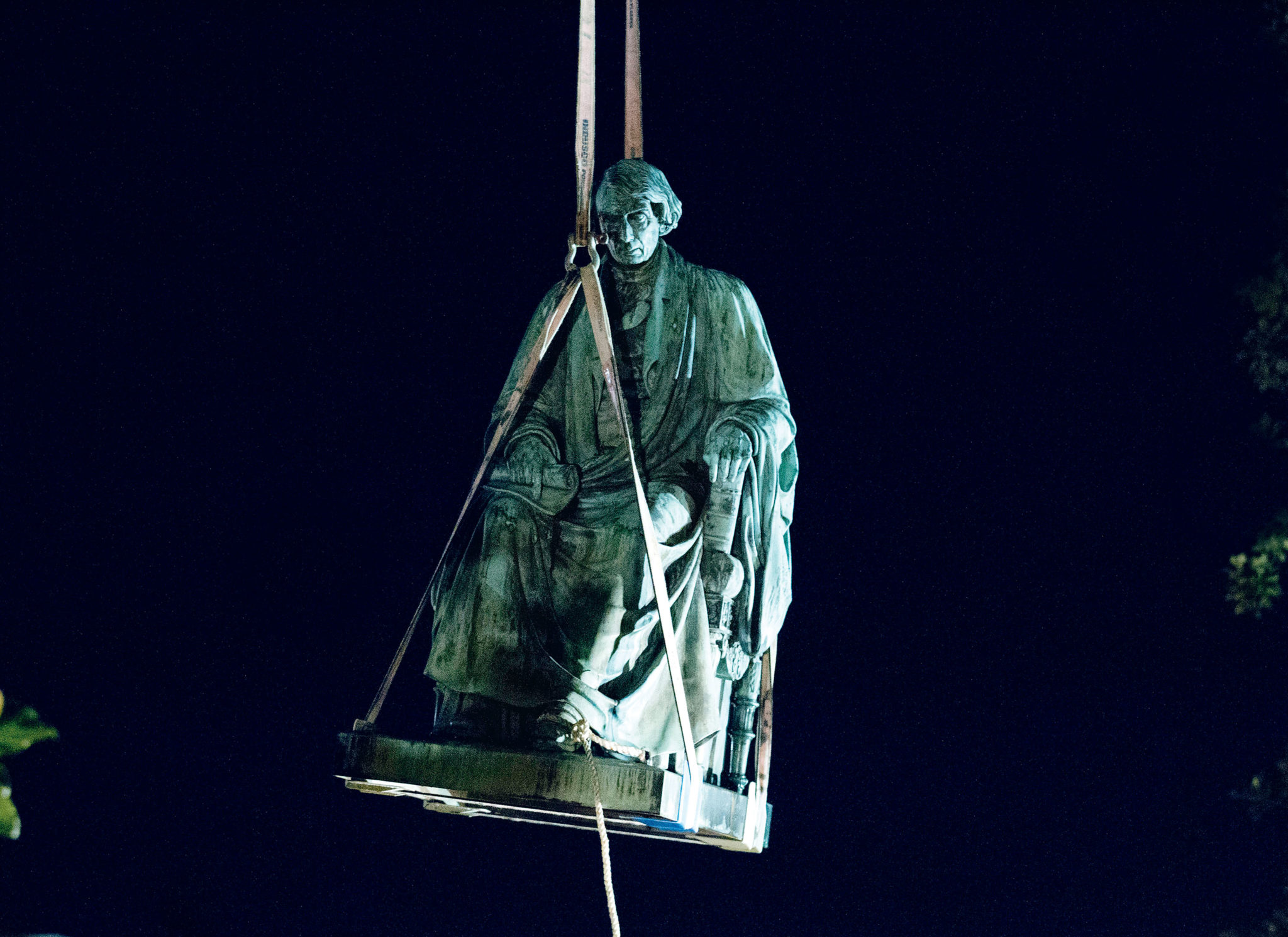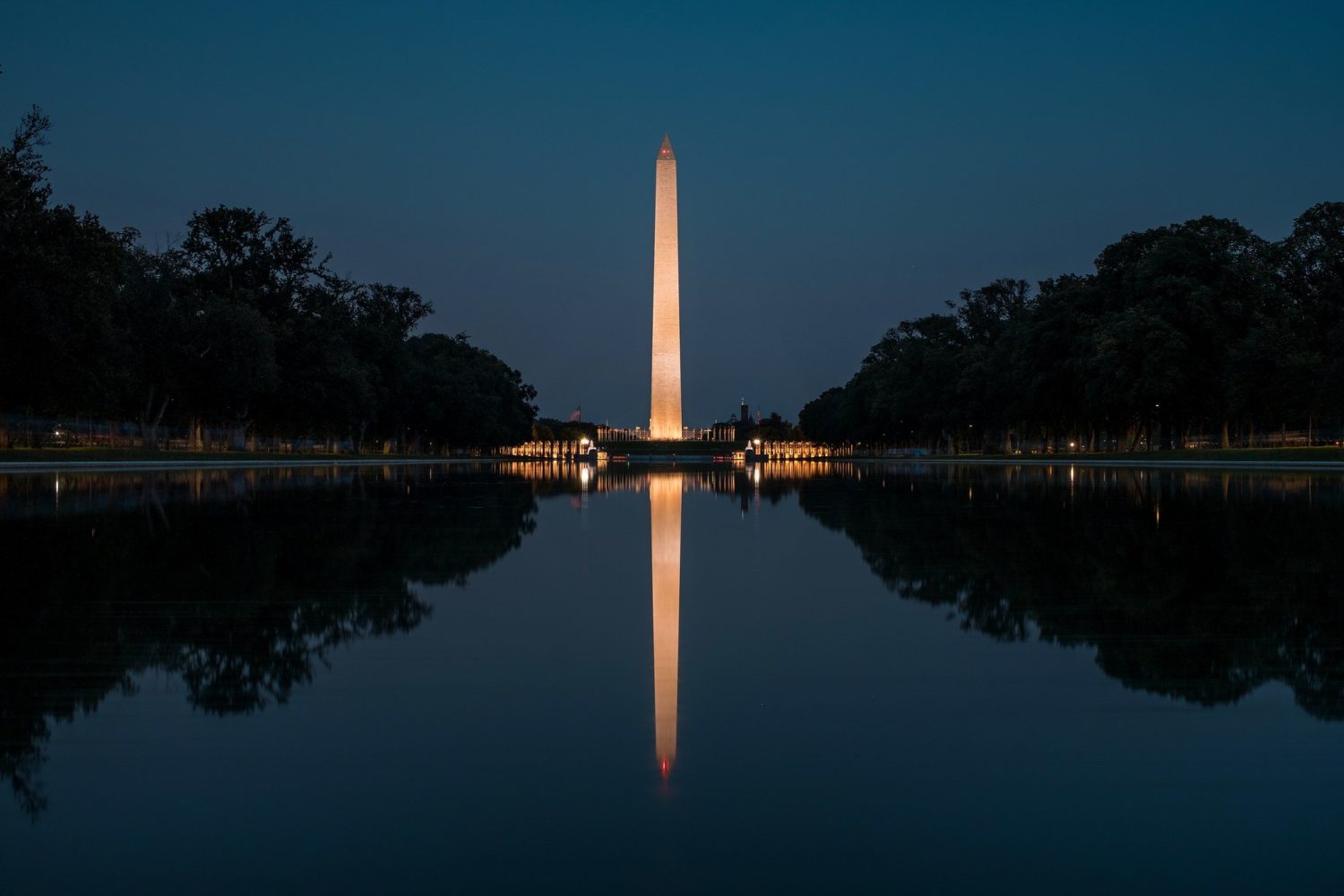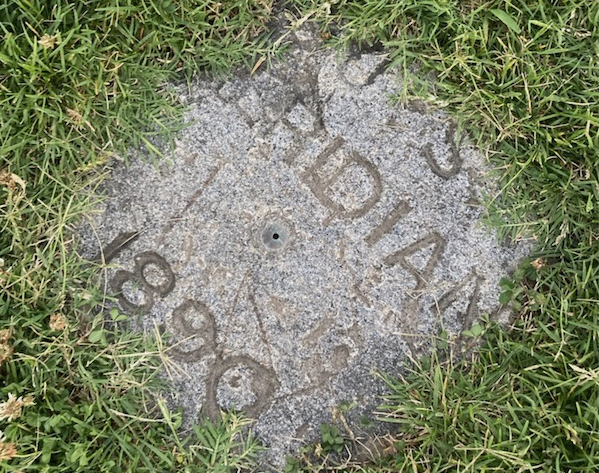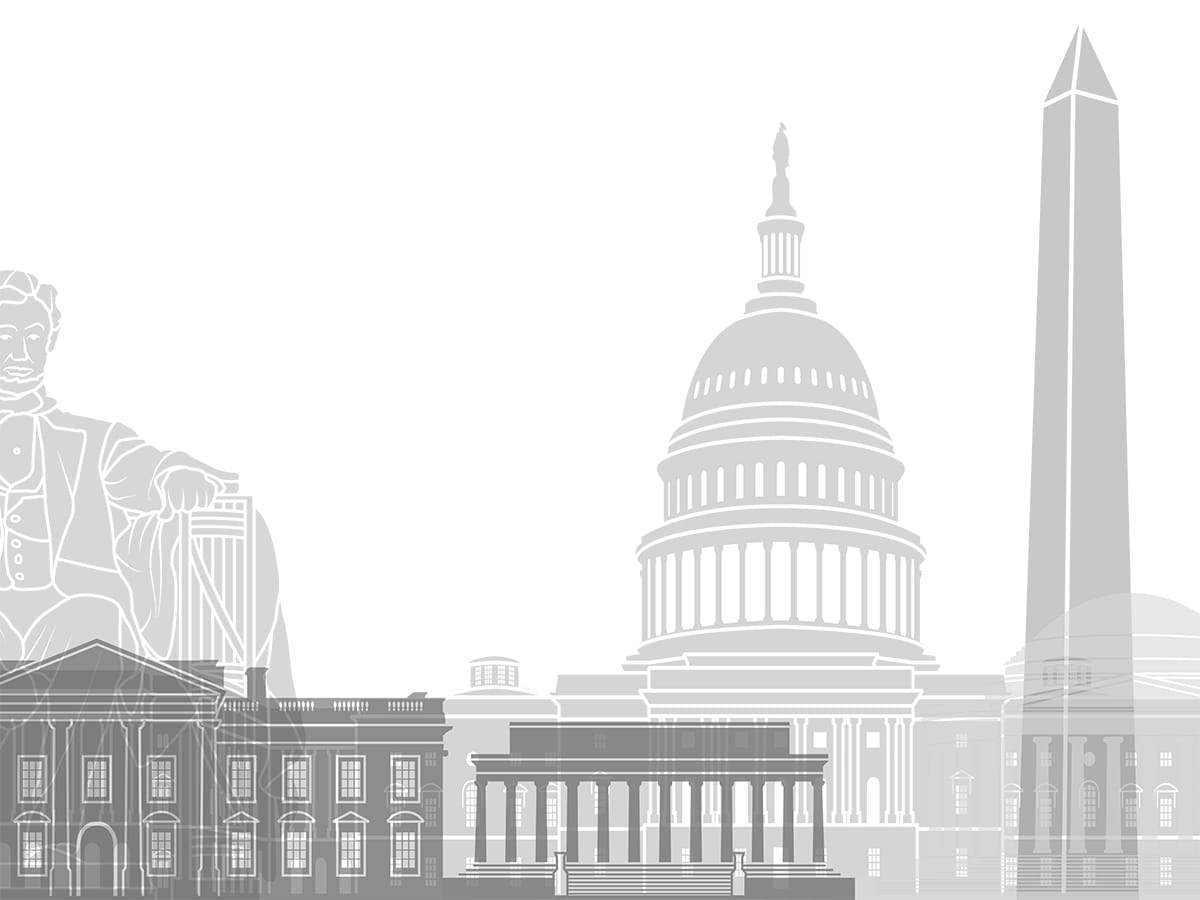One hundred and fifty years after Appomattox, the country is again fixated on how to remember the Confederacy. Statues of Southern generals have come tumbling down from New Orleans to Baltimore. Criticism has followed, with the level of debate ranging from measured dissent at school-board meetings to actual violence on the streets of Charlottesville. Naturally, there’s been a presidential tweet on the subject. Suffice it to say that it wasn’t a balm on the country.
The basic contours of the issue have been fairly constant. Proponents of de-Confederatizing say that the statues, street names, and school mascots celebrate white supremacy. Opponents argue that they honor history. Proponents counter that most Confederate statues were erected long after the war—as a way of opposing civil rights, not celebrating battlefield valor. Opponents, and the President, answer with a slippery-slope argument: If you erase Jefferson Davis today, who’s to say Thomas Jefferson won’t be next? He also owned slaves, after all. And so it goes.
Washington, true to its geographic location and cultural inheritance, is in a sort of middle place when it comes to this latest skirmish of the Civil War: Our border region had its share of Confederate tributes, but they’ve mostly come down without much fuss: Falls Church’s J.E.B. Stuart High School became Justice High School, Rockville’s Rebel-soldier statue was taken down, and the expanse of stained glass honoring Southern generals was removed from Washington National Cathedral. In a deep-blue area where few public officials see an upside in playing to racial resentment, none of it was especially hard.
Still, one local renaming controversy is worth pausing on because it offers a rebuttal to the slippery-slope argument—and a possible standard to apply for people who are appalled by the Confederacy and its Charlottesville fans but who also find something a little jarring about wholesale erasures from the landscape: the debate over the future of Arlington’s Washington-Lee High School.
Opened in 1925, the school was named after two famous Virginia generals. One was the first President of the United States. The other led the Confederate States army. Both owned slaves. In January, after a long and sometimes emotional series of debates, officials announced the new name: Washington-Liberty High School. In other words, the American President would stay and the Confederate general would go.
This seems right. It goes to the question of just what is being honored. Washington was founder of his country. Lee led an army that killed hundreds of thousands of American soldiers in a war to preserve slavery. In one case, slavery was a blot—a very serious blot—on the record being celebrated. In the other, the blot was the record. Whatever else his life held, Lee would be lost to history if he hadn’t waged war on the United States.
Perhaps this way of thinking could offer a framework for anyone struggling to make sense of similar debates. The District’s one outdoor statue of a Confederate general, for instance, is of Albert Pike. He’s not in military garb. The statue was erected by Freemasons to honor his postwar leadership of DC’s Scottish Rite. That makes the question of whether to remove it more complicated than if it were a statue simply celebrating slavery and secession’s lost cause.
Likewise, there’s an effort to rename the city’s Woodrow Wilson High School. The man for whom it’s named, the 28th President, was a progressive icon, a crusader for democracy—and a notorious racist. For Washingtonians in particular, his bigotry had real impact: He pushed segregation in federal jobs, long the bedrock of our black middle class.
Should his name go? Schools, of course, are different than statues—they’re living things, not stone monuments, and serve existing communities. Still, the Washington-Liberty standard might say not so fast. There’s a difference between “famous despite” and “famous for.”
This article appears in the March 2019 issue of Washingtonian.







